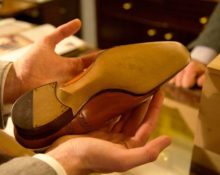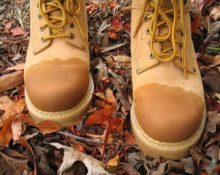When purchasing winter shoes, we pay most attention to the appearance of the product, the quality of the materials used inside and outside and the level of heat retention. But when shoes get into “field conditions” - on ice, problems arise. Many models are unstable on ice and constantly slide. The reason for this is the sole, which is not suitable for icy conditions, and the weak tread. Such a defect not only brings a lot of inconvenience when moving, but can also cause dangerous injuries. We’ll look into what measures to take if your winter shoes slip.

How to initially choose a non-slip sole
The main thing is the tread. Shoes equipped with a wide and massive tread with a relief pattern slip the least. Various elements on its surface - deep lines, geometric shapes - ensure reliable fixation of the sole on the surface.
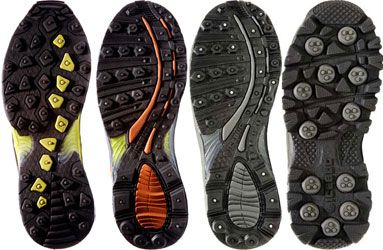
The quality of the tread is influenced by the material of its production. The most profitable options: polyurethane and thermopolyurethane. They are as stable as possible.Rubber and leather, due to their specific properties, glide stronger than others.
How to fix
If you do buy slippery shoes, you shouldn’t give them up. In some cases this can be fixed. It's best to take your boots to a professional. In the workshop, special protective stickers made of rubber or polyurethane will be installed on them. But you can buy them yourself.
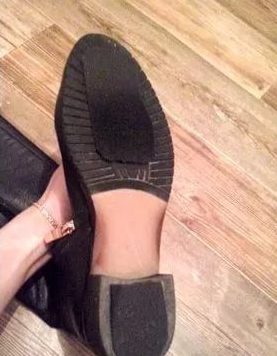 The size is selected depending on the size of the foot. Installation instructions: Wipe the surface of the sole thoroughly, get rid of dirt and dust. Then wipe it with a cloth soaked in alcohol to remove excess grease. Use the glue included in the sticker box or buy any other shoe adhesive. Apply it to the sole, place the sticker on it and press firmly. After 2-3 minutes, release and leave until completely dry.
The size is selected depending on the size of the foot. Installation instructions: Wipe the surface of the sole thoroughly, get rid of dirt and dust. Then wipe it with a cloth soaked in alcohol to remove excess grease. Use the glue included in the sticker box or buy any other shoe adhesive. Apply it to the sole, place the sticker on it and press firmly. After 2-3 minutes, release and leave until completely dry.
REFERENCE Due to their miniature size, the stickers are suitable for any model: sports or rough boots, high-heeled boots.
Band-Aid. A regular patch can provide some stability. IMPORTANT: choose a rougher, rougher surface rather than a finer one. Cut out several pieces of the required size, glue them to the sole: toe and heel. The main disadvantage of this technique is its fragility. The patch wears out quickly, comes off, and needs to be constantly replaced. Also, if the sole is not light, it will be noticeable. To fix this, before leaving, additionally color it with a waterproof marker.
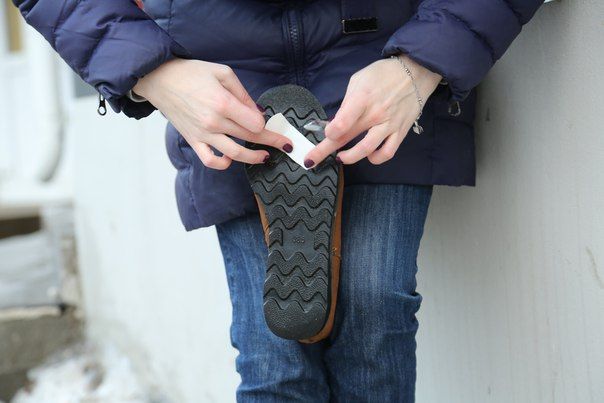
Felt. The properties of this rough material ensure stability even during periods of severe ice. Cut out several pieces from the canvas and glue them to the surface of the sole. This method is more durable and less noticeable to passersby.
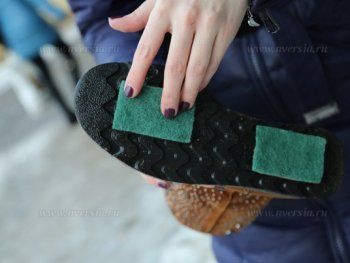
Sand. How to glue: wipe the sole, remove dirt and dust, dry thoroughly. Apply a fine mesh pattern to it using “superglue”. Immediately sprinkle the resulting zigzags with coarse sand. Leave the shoes for several hours until the glue is completely dry. This method will work for several days, after which the procedure must be repeated.
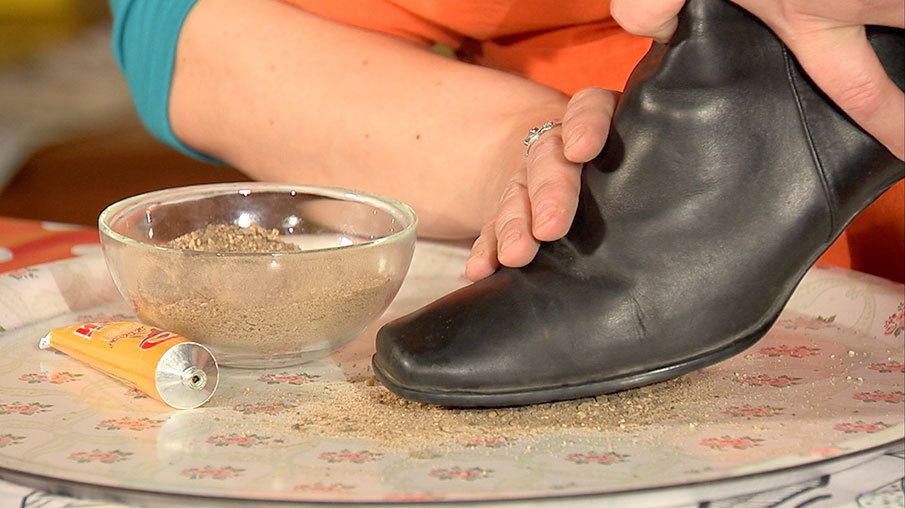
Proper care. If the tread is quite good, has a lot of deep cuts and patterns, it needs to be properly cared for. With daily wear, the ridges on the tread become clogged with dirt, so the surface becomes smooth and reliefs are minimized. To avoid this, you need to wash the sole more often, then the pair will not slip.
Sandpaper. If the option of sticking foreign objects is not suitable, try the method of physically influencing the tread. Using sandpaper, rub the surface of the tread firmly. The procedure will reduce slipping.
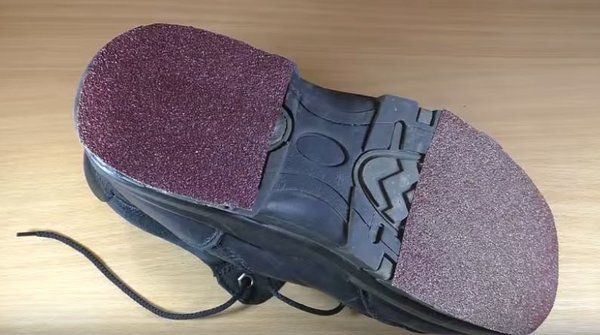
"New" sole. The method is quite complicated and requires some skill. For an old pair of shoes with a reliable tread, cut off the relief layer from it using a special knife. Cover the surface of the new pair with a wide layer of silicone (more than 5 centimeters), then apply the cut out protector and press firmly, with force. After removing the stencil, dry the silicone with a hair dryer.
Potato. Some people claim that rubbing cut raw potatoes on the tread is enough to increase the stability of your shoes.
Ice drifts
There are specialized removable devices that prevent slipping during periods of heavy ice. Ice drifts have a removable rubber sole equipped with iron spikes that provide reliable fixation on the ice.
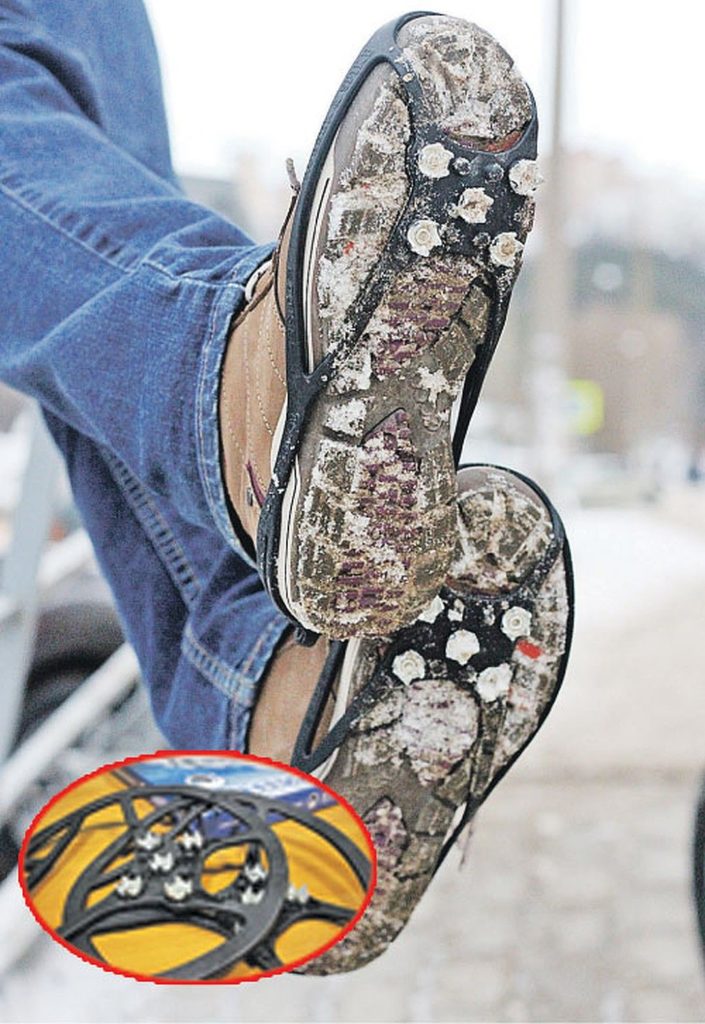
Adviсe
- Do a short test in the store.Take and bend the sole. Observe whether you managed to do this. If the surface bends easily and without much effort, it is likely to be unstable.
- Get a second pair of shoes designed for walking on ice. Choose sports boots, high boots or ugg boots. Their soles are often very stable.
- Beautiful boots with thin stiletto heels are not at all designed for heavy ice. They can become dangerous for walking on winter sidewalks.
- Some methods involve rather harsh treatment of shoes (driving in nails or other sharp objects). Such manipulations will reduce the resistance of the ice surface, but at the same time they can destroy your favorite pair of shoes. The process must be approached with caution and the destructibility of any material must be taken into account.


 0
0